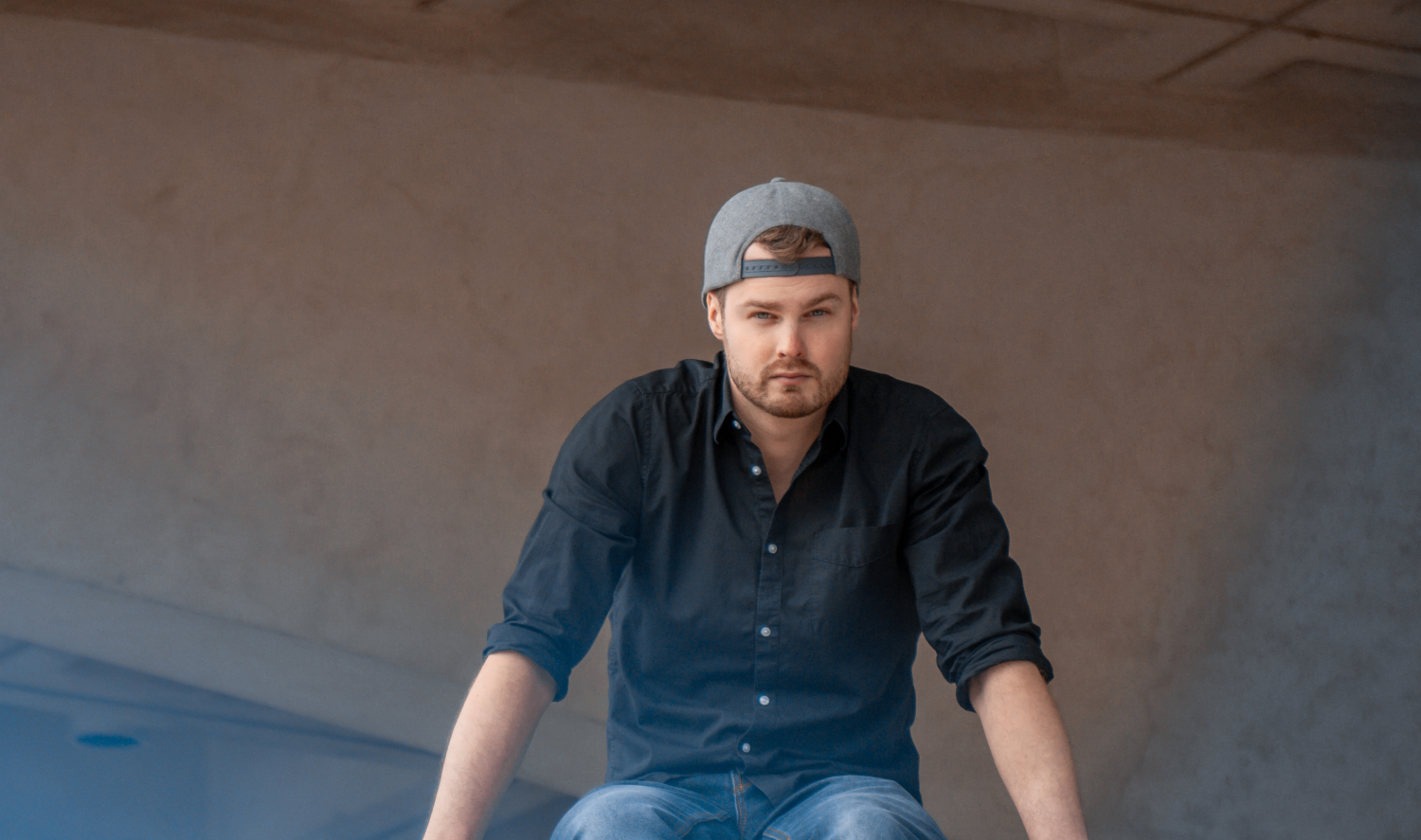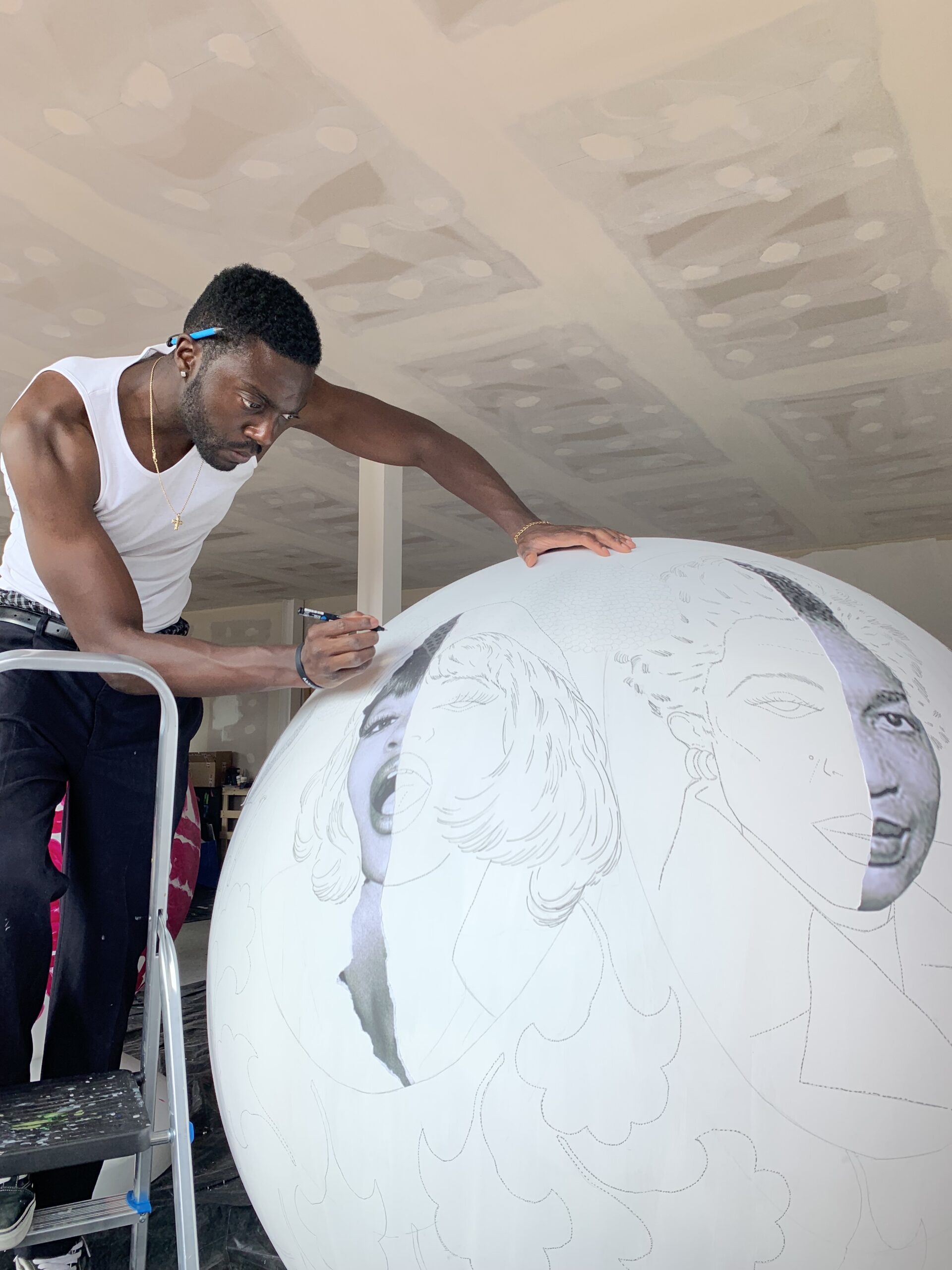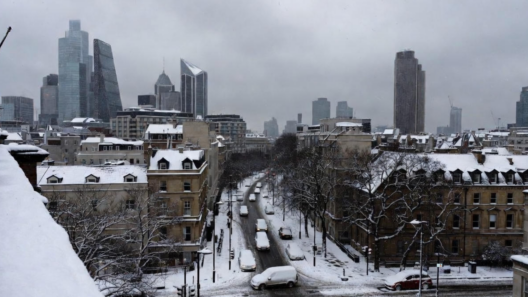Johannesburg-based artistic photographer Justin Dingwall creates images that are charged with visceral emotion and challenge prescribed notions of beauty. His exceptional works pivot heavily towards the unique and unusual, employing modern techniques in contemporary image-making to create an interplay of imagery that comes alive with subtle symbolism and metaphors that evoke what it means to be human. He has exhibited extensively both locally in South Africa and internationally, and has been selected for various awards. In this interview, he discusses what first attracted him to photography and tells us how his art has been shaped by his background in South Africa. October sees Dingwall exhibit at StART art fair in London.
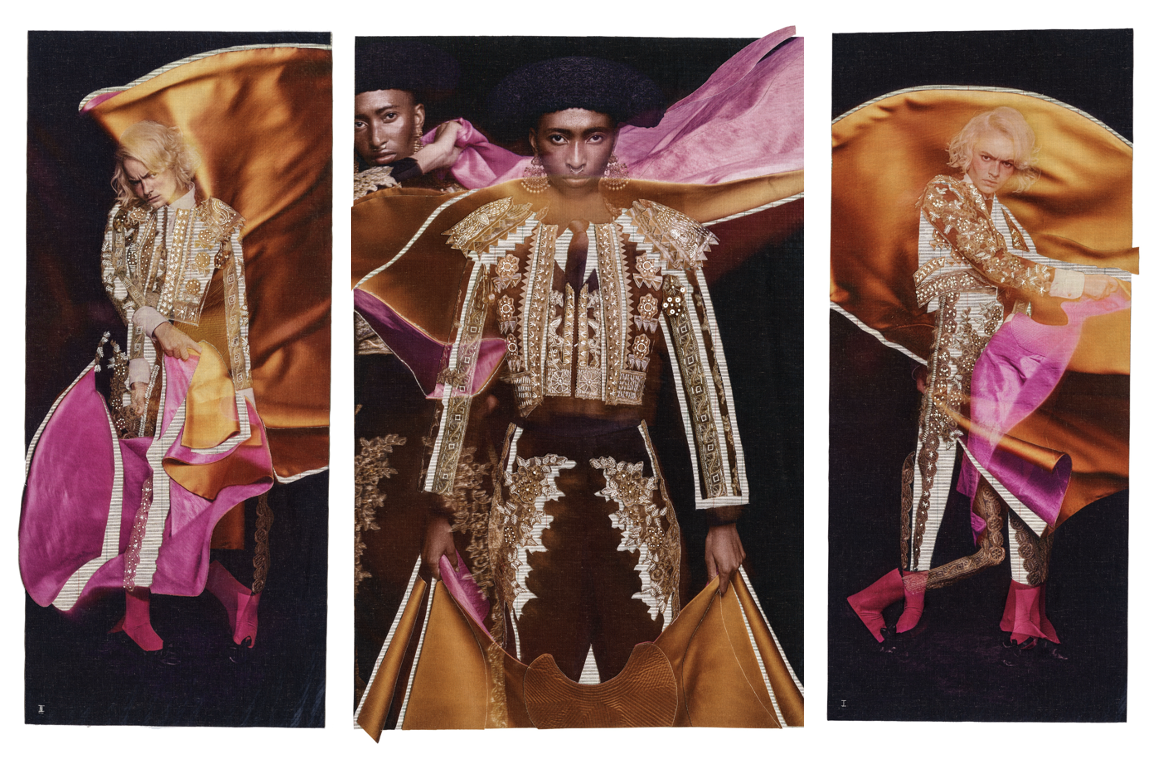
Can you recall what first set you out on the path of the artist in life?
As a child, I never really thought about becoming an artist, although my interests were always based in creativity. I enjoyed experimenting with various forms of art, and I took part in after-school art classes, but I never set out with the actual goal of
becoming an artist. Art was more of an escape for me, something that took me out of my ‘everyday’ and into a different world. I grew up in a smaller town where there were no large-scale exhibitions, or museums. This lack of access to formal art venues forced me to be creative and challenge myself. My younger years were also without the invention of the Internet, so I had to find my own ways of experiencing and expressing art, which ultimately shaped my unique perspective and approach to creativity. I liked working with my hands, and I attended a technical high school to be able to pursue more creative, hands-on activities. This kind of manual background definitely had some influence on my career. I was fascinated with the idea of building/creating something. Photography was an art from that very much allowed me to do this in my own way, by being able to create through imagery. I could create with my hands, as well as with my mind.
What essentially are you seeking to explore in your work?
Well, my journey began in the realm of commercial photography, where I thought about and saw the world through the eyes of a commercial photographer. This began to change however, through the years of creativity and experimenting with art, through meeting and talking to interesting people, and through the exploration of various topics and themes – my perspective has been profoundly transformed. Art has become a tool for changing the way I think about and view the
world. As the French philosopher Marcel Proust said, ‘Since we cannot change reality, let us change the eyes which see reality.’ My ‘eyes’ have been deeply influenced and changed since I began my art journey. I aim for my art to become a catalyst for conversation, through which important topics can be explored and discussed at a deeper level. My goal is not to speak for others, or to impose any predetermined ideas, but to encourage the viewers’ voices to be heard, and for them to interact with their own ideas, and engage in constructive conversations about them. I believe that art can be a powerful medium to start these conversations and spread awareness about issues that need light.
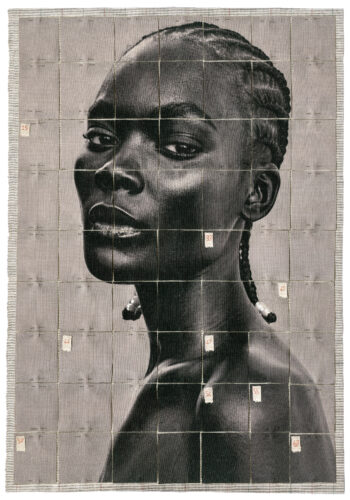
What would you say are the qualities that make you unique as an artist?
Many factors have shaped me into the artist I am today. Growing up in South Africa during the turn of democracy instilled in me a heightened awareness of social inequality and injustice, and growing up in a country that is so diverse has influenced the way I see the world, as well as the eyes through which I create my art. I wouldn’t necessarily describe myself as a political artist, but my work undeniably engages with social and political themes. With the aim of having my work bring about conversation and by engaging viewers to explore and question the world around them, these discourses can take on political elements (as well as any other aspect the viewers bring to the conversation). For me, my work is a reflection of my personal journey as well as the broader human experience. My art is a blend of personal expression and societal commentary, woven together by using visual symbolism and metaphor. Another factor that has had an effect, is my experience in the advertising and commercial world. It has allowed me to sharpen my skills to be able to translate ideas into compelling imagery. These collective, as well as many other individual personal experiences in my life, have been what has built the unique lens from which I view and create. I am constantly evolving, always striving to refine my craft.
Is it the duty of the artist to critique the socio-political paradigm they find themselves within?
While I do believe that the role of an artist is inherently personal and subjective, I agree that artists have a unique position to reflect upon and add to a greater critique of the socio-political paradigm in which they exist. Art has the power to challenge and inspire change by presenting perspectives that might otherwise go unnoticed or unspoken. This is why I aim for my work to encourage conversation. Artists are often more sensitive to the nuances and complexities of the world around them, which is why it can be seen as the duty of artists to critique them. By engaging with socio-political issues, artists can raise awareness, spark dialogue, and encourage critical thinking. This can take many forms, from direct commentary and activism to subtle allegories and metaphors. My work involves subtlety and symbolism. However, I do also believe that it is not the sole duty of every artist to critique their socio-political environment. Artists may also choose to focus on other aspects of the human experience, such as personal introspection, abstract exploration, or the celebration of beauty. Ultimately, I think that the duty of the artist is to remain true to their own vision.
Justin Dingwall is at StART art fair, London from 9-13 October. www.startkx.com
To find out more about the artist visit justindingwall.com


